The ground is not just ground! At least not in hospitals, medical, and dental practices
This technical article analyzes the safety requirements against indirect contact employed in particularly special medical locations (e.g., hospitals, medical, and dental practices, etc.), where environmental conditions may increase the risk of indirect contact and therefore the electroshock, precisely microshock. Generally… Read more
Nov 21, 2022 | By Edvard Csanyi

Yup, it’s the motor drive that makes systems in motion all around us
On the outset, it may be due to wheels as in the case of an automobile. What actually drives these movements, though, are motors. Additionally, many household appliances such refrigerators, air-conditioners, ventilation fans, washers, driers and so many others all… Read more
Sep 27, 2017 | By Edvard Csanyi

Never underestimate electrostatic discharge (ESD) while working with data networking equipment
Let’s start with basics you probably already know, but nevertheless. It’s important to explain the basics first. Electrostatic Discharge (or ESD) refers to the transfer of electrostatic charge between bodies at varied voltages that is caused by direct contact or… Read more
Mar 08, 2017 | By Edvard Csanyi

8 tips to avoid ground loops when dealing with signal level circuits
General recommendation is to properly design and implement the facility’s grounding system to avoid unwanted involvement of ground loops with the operation of the equipment. This kind of approach can also eliminate the need to consider equipment modifications and to… Read more
Jan 06, 2016 | By Edvard Csanyi
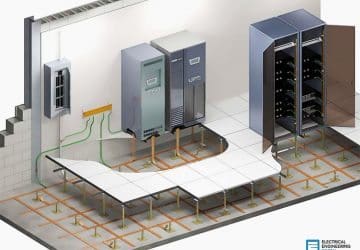
Few advice for improving integrity of protective conductor
Most modern electronic equipment uses switched mode power supplies (SMPS) which draw pulses of current from the mains supply rather than a continuous sinusoidal current. The fast rise time edges of the current waveform contain high frequencies that can cause serious radio frequency… Read more
Aug 14, 2015 | By Edvard Csanyi
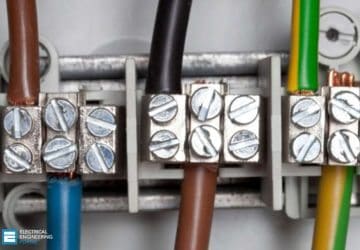
Should We Blame Supplier For Voltage Dips and Transients?
Voltage dips and transients are usually blamed on the supplier, but this is often unfair. There are many potential on-site causes; for example, starting of heavy loads may cause voltage dips and switching of inductive loads will generate transients. Let’s… Read more
Mar 11, 2015 | By Edvard Csanyi

Super Capacitors – Different Than Others (part 2)
Continued from first part: Super Capacitors – Different Then Others (part 1) Equivalent circuit How to measure the capacitance? Charge Method Discharge Method Measure Capacitance Capacitor types Advantages of the supercapacitors Super capacitors can be illustrated similarly to conventional film,… Read more
Mar 01, 2013 | By sravankumarpadala
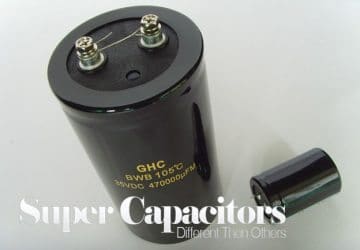
Super Capacitors – Different Than Others (part 1)
Capacitors store electric charge. Because the charge is stored physically, with no chemical or phase changes taking place, the process is highly reversible and the discharge-charge cycle can be repeated over and over again, virtually without limit. Electrochemical capacitors (ECs) variously… Read more
Feb 23, 2013 | By sravankumarpadala
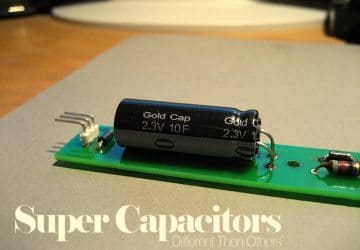
The Future of MOS-Controlled Thyristor (MCT)
The MCT is type of power semiconductor device that combines the capabilities of thyristor voltage and current with MOS gated turn-on and turn-off. It is a high power, high frequency, low conduction drop and a rugged device, which is more… Read more
Jan 01, 2013 | By Edvard Csanyi

Under the Hood of LEDs (Light Emitting Diodes)
LED lamps, or Light Emitting Diodes, are becoming more and more common. Having been used for some time in products such as digital watches, remote controls and brake lights, they are now being seen in many more applications such as… Read more
Sep 08, 2012 | By Paul Blythe
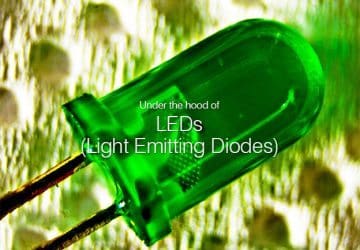
Difference between step-up transformer and voltage amplifier
A step up transformer basically increases the magnitude of primary applied voltage that is increases the amplitude of voltage wave form. A voltage amplifier does exactly the same. Than a very strange but thinkable question comes what is the difference… Read more
Mar 17, 2012 | By Asif Eqbal
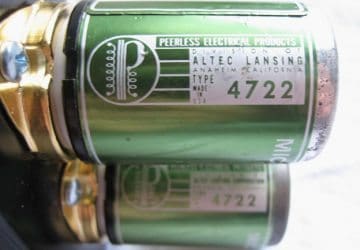
Under the Hood of Light Detector
Detectors of electromagnetic radiation in the spectral range from ultraviolet to far infrared are called light detectors. From the standpoint of a sensor designer, absorption of photons by a sensing material may result either in a quantum or thermal response…. Read more
Feb 24, 2012 | By Edvard Csanyi
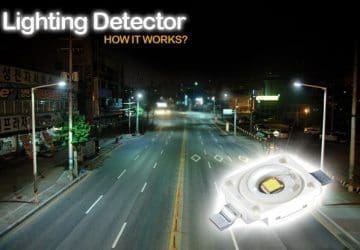
Capacitor Types
In the market, there are several types of capacitors that have been manufactured. Although all capacitors work essentially the same way, key differences in the construction of different capacitor types makes an enormous difference in their properties. Each capacitor type… Read more
Dec 13, 2011 | By elaina
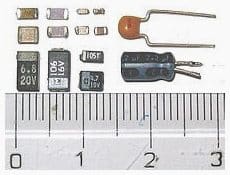
Power Semiconductor Device – MOSFET
Power MOSFETs are marketed by different manufacturers with differences in internal geometry and with different names such as MegaMOS, HEXFET, SIPMOS, and TMOS. They have unique features that make them potentially attractive for switching applications. They are essentially voltage-driven rather… Read more
Nov 27, 2011 | By Edvard Csanyi
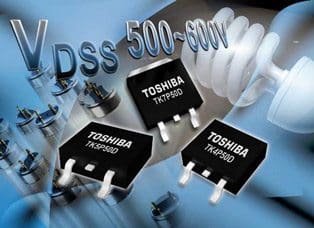
A Look at the Power Rating of Resistors
You may be asked: “what is the power rating of the resistors you want to buy?” when buying a resistor to build a certain circuit. For the most standard class of resistors, you may simply be given ¼ Watt resistor…. Read more
Nov 24, 2011 | By elaina


